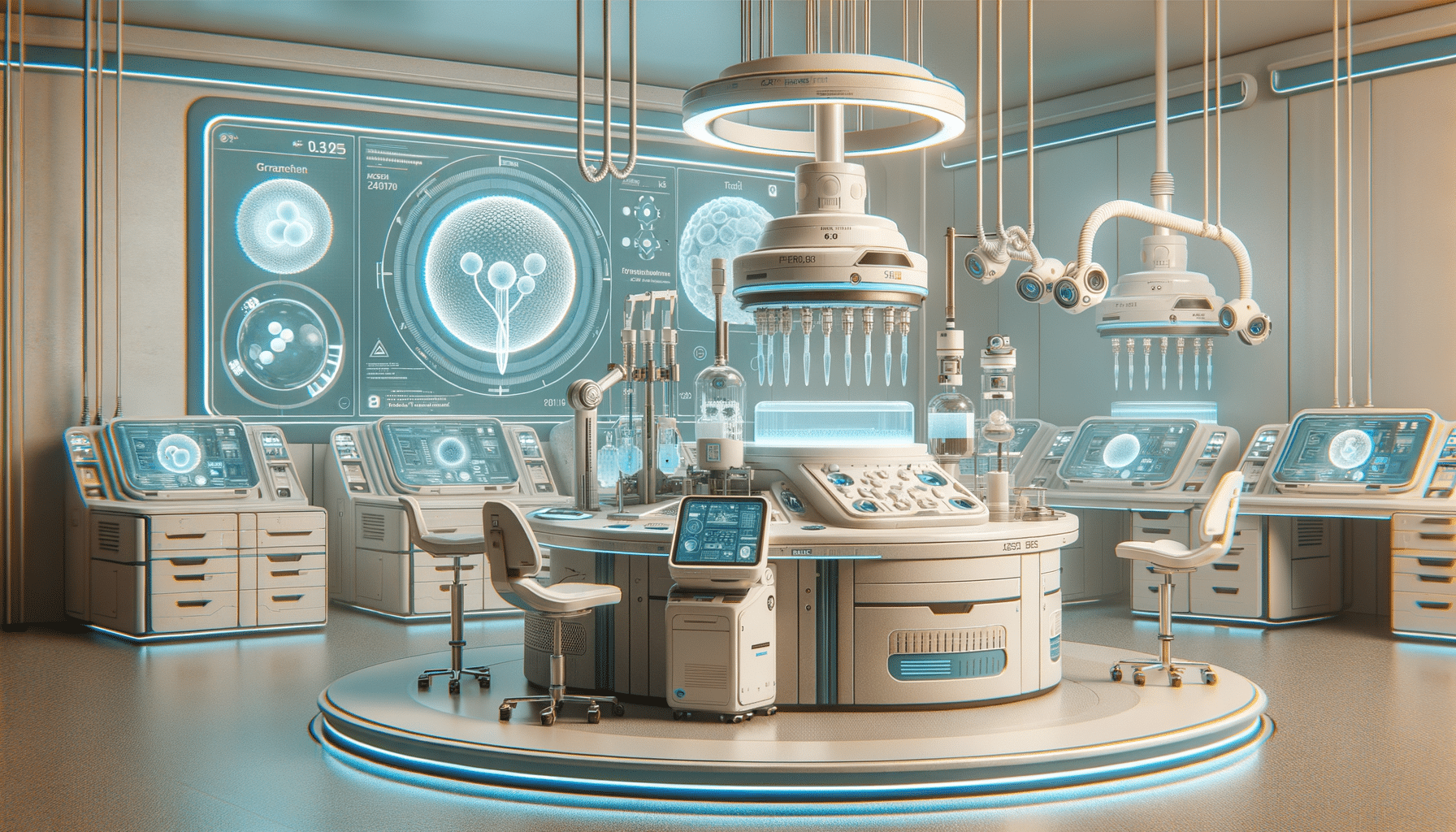
Sperm donation in 2025: What You Should Know
Introduction to Sperm Donation in 2025
As we step into 2025, the landscape of sperm donation continues to evolve, reflecting advancements in technology, societal attitudes, and regulatory frameworks. Sperm donation plays a critical role in reproductive medicine, offering individuals and couples the opportunity to conceive when natural conception is not possible. This article delves into the key aspects of sperm donation in 2025, providing a comprehensive overview for those considering this path.
Technological Advancements in Sperm Donation
In 2025, technological innovations have significantly enhanced the sperm donation process, making it more efficient and accessible. One notable advancement is the use of artificial intelligence (AI) in sperm selection. AI systems can now analyze sperm quality with remarkable precision, improving the chances of successful fertilization. Additionally, cryopreservation techniques have advanced, allowing sperm to be stored for longer periods without compromising viability.
Moreover, virtual reality (VR) is being used to provide potential donors with immersive educational experiences, helping them understand the donation process and its implications. This technology has made it easier for donors to make informed decisions, ultimately improving the quality of donations.
Regulatory and Ethical Considerations
The regulatory landscape for sperm donation has become more stringent in 2025, with a focus on ensuring ethical practices and donor rights. New regulations require comprehensive genetic screening of donors to minimize the risk of hereditary diseases. Additionally, there is a growing emphasis on transparency, with donors and recipients having access to more information about each other, within the bounds of privacy laws.
Ethical considerations are also paramount, with debates surrounding the rights of donor-conceived individuals to know their genetic origins. Many countries are moving towards open-identity donation systems, where donor-conceived individuals can access their donor’s identity once they reach adulthood.
The Role of Sperm Donation in Modern Society
Sperm donation has become an integral part of modern society, reflecting changing family structures and societal norms. In 2025, it is increasingly common for single individuals and same-sex couples to seek sperm donors as a means to build their families. This shift has prompted a broader acceptance of diverse family models, contributing to the normalization of sperm donation.
Furthermore, sperm donation is now seen as a viable option for individuals who wish to delay parenthood due to career or personal reasons. The ability to store sperm for future use provides flexibility and control over reproductive choices, aligning with contemporary lifestyle trends.
Challenges and Future Directions
Despite the advancements, challenges remain in the realm of sperm donation. One significant issue is the shortage of donors, which can lead to long waiting times for recipients. Efforts to address this include awareness campaigns and incentives for donors, but the demand continues to outpace supply.
Looking ahead, the future of sperm donation may involve further integration of genetic engineering and personalized medicine. These technologies hold the potential to enhance donor selection and match processes, improving outcomes for recipients. However, such advancements also raise ethical questions that will need careful consideration.
Conclusion
As we navigate the complexities of sperm donation in 2025, it is clear that this field is poised for continued growth and transformation. With technological advancements, evolving regulations, and shifting societal attitudes, sperm donation remains a vital option for many seeking to expand their families. By understanding the current landscape and anticipating future developments, individuals can make informed decisions that align with their reproductive goals.


